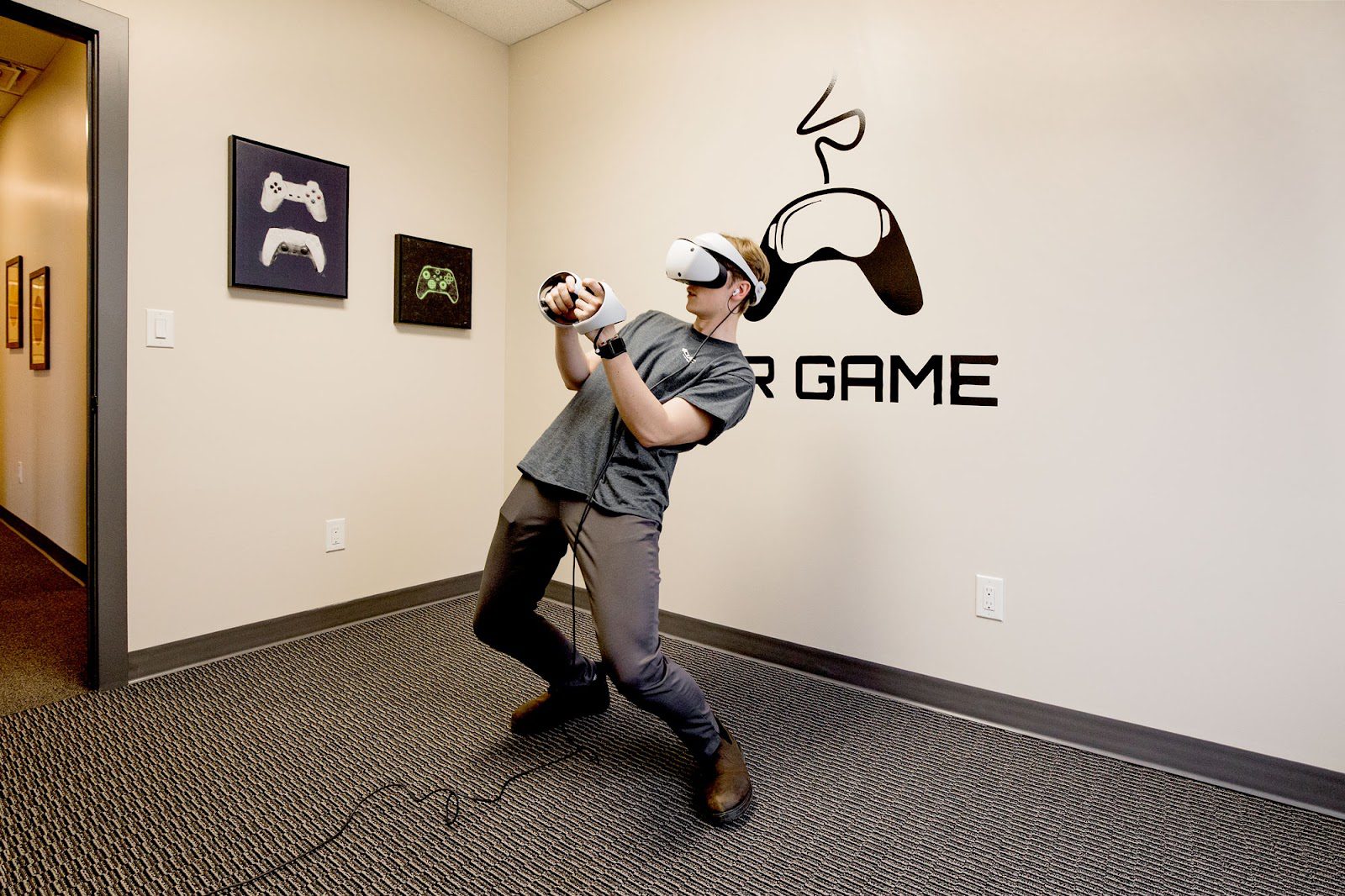
Innovation for Independence

Jun 28, 2015
True Innovation Goes Beyond Technology Tools
Innovation is a word that has typically been reserved for the tech giants of Silicon Valley, companies like Apple, Google, and Meta that develop cutting-edge digital solutions. Admittedly, it is remarkable what can be achieved using software run on electronic devices tiny enough to fit into your pocket. However, it isn't the technology tool itself that defines innovation, but the creative idea that led to the development of the tool. All successful innovators are explorers who challenge conventional approaches. These are men and women who refuse to accept that the way things have always been done is the best and only way. The world is constantly changing through technological advancement and social evolution. The demand for innovative ideas that can help us keep pace with these changes is ever rising.
Disability Services Need Innovation and Change
The disability services sector, which provides support to individuals with physical, cognitive, and developmental disabilities, is not excluded from the need to change. Its programs and protocols need to continually evolve to keep pace with the changing needs of Albertans with disabilities. Best practices from medical practitioners, rehabilitation specialists, educators, and psychology professionals have been established through research and clinical experience for well over a decade. The scientific logic and the peer-reviewed research are sound and evidence-based. However, the application of these evidence-based practices in actual frontline support has been slow because there hasn't been an effective way to collect the mass of client data required for implementation.
Paper Documentation Systems Create Major Problems
Currently, much of the information gathered in our disability services industry is written down by hand in a hardcover notebook using traditional pen-and-paper methods. There are also several three-ring binders filled with data collection instruments, assessment forms, and tracking sheets, which also need to be filled in on paper. Even if all of the required paperwork is complete, (and in reality, the paperwork volume that has to be completed in order to properly implement best practices for disability services exceeds what is possible to complete in any timely manner), someone still has to manually compile all of the handwritten information into comprehensive reports. These reports need to be shared with stakeholders including families, healthcare professionals, and government agencies. If a small but significant piece of client information needs to be retrieved, it could take weeks for someone to sort through all the physical documents to find it. Using a conventional system of paper-based documentation just doesn't cut it for modern disability service delivery.
Entrust Creates Digital Database Solution
So, Entrust set out to do things differently through digital transformation. Our documentation system now records client information into a structured database using electronic data capture. The database consists of a number of customizable fields that may be tailored according the specific needs of our clients. The digital fields act as visual reminders for our support employees to complete necessary tasks and to maintain consistent daily routines. Selected database fields are flagged with automated alerts to send out notifications if certain daily tasks are coming past due or are missed altogether. Comprehensive reports can be pulled on individual data fields or as a compilation of multiple fields for comparative data analysis across clients. Not only is it easier to retrieve necessary client information, but the stress and anxiety of completing masses of paperwork is greatly diminished for our staff.
Database System Improves Employee Performance
But, most importantly, this type of digital database system will accomplish two things that will help our support employees to serve our clients with disabilities better. Firstly, employees will progress faster in developing professional skills and establishing consistent care routines with a database system that holds them accountable for all daily tasks through tracking and monitoring. Secondly, the database will contain key performance metrics to show which employees truly perform the best when providing direct support services to clients. Once this performance information is known and analyzed, an entire workforce can be trained in a more targeted manner based on successful practices. Proven skills can be shared across the team. Client needs can be more effectively fulfilled through data-driven service delivery.
Albertans With Disabilities Deserve Innovation
Innovation isn't the technology tool itself, it is the organizational ability to make changes rapidly according to the changing needs of the people Entrust serves. Albertans with disabilities deserve innovation in their support services. With small, incremental shifts in the way we think about policy, practice and procedure, Entrust can provide that innovation to support them, better every day.
– Tilton Reed, CEO
